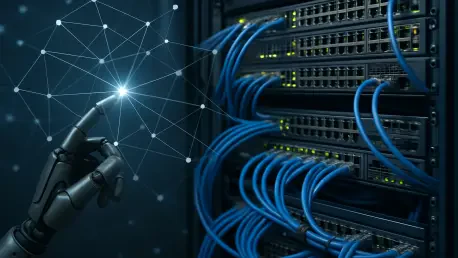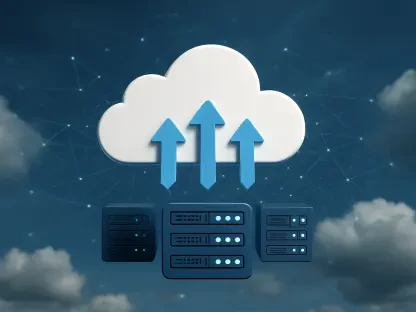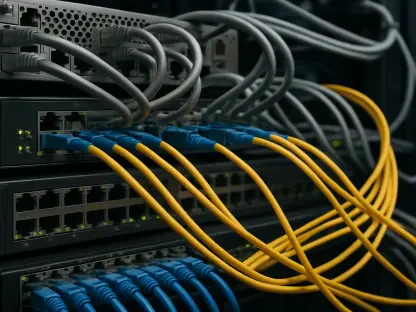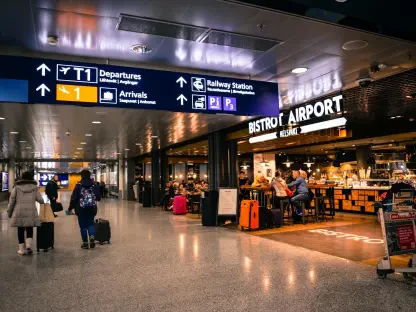In an era where global connectivity underpins nearly every aspect of modern life, the challenge of maintaining seamless, reliable networks has never been more critical for cloud providers and telecom operators alike. With billions of users relying on uninterrupted access to data and services, even a brief network outage can result in significant financial losses and eroded trust. Microsoft, as one of the leading cloud providers, has taken a bold step forward by harnessing artificial intelligence (AI) to transform network automation. This innovative approach not only enhances the efficiency of its sprawling global infrastructure but also sets a new standard for the industry. By integrating AI into network operations, Microsoft is addressing persistent issues like downtime and slow incident response, paving the way for autonomous systems that promise to redefine how networks are managed. This development marks a significant shift, as the company leverages cutting-edge technology to ensure robust connectivity across its vast ecosystem of data centers and partnerships.
Pioneering AI-Driven Network Operations
Microsoft’s foray into AI-driven network automation centers on the deployment of Network Operations Agents (NOA), sophisticated tools designed to handle complex network tasks with minimal human intervention. These agents analyze real-time data alongside historical records and technical documentation to identify anomalies, propose solutions, and, in many cases, implement fixes within predefined safety boundaries. The impact of this technology is striking, with reports indicating an 80% reduction in the time required to resolve network incidents. A notable instance of this capability was seen when NOA agents autonomously rerouted traffic following a subsea cable cut, completing the task overnight with precision that outpaces human response. This round-the-clock operational efficiency underscores the potential of AI to maintain network stability, especially in scenarios requiring rapid coordination with external partners. By embedding such intelligence into its systems, Microsoft is not only bolstering its own infrastructure but also demonstrating the transformative power of automation in addressing critical network challenges.
Fostering Industry-Wide Transformation
Beyond enhancing its own operations, Microsoft is playing a pivotal role in driving industry-wide adoption of AI-driven network automation by collaborating with telecom operators (telcos). Since mid-year, the company has shared its NOA reference architecture and pilot environments with partners, empowering them to develop their own autonomous networks. This collaborative spirit reflects a broader vision of elevating network reliability across the sector, as improved telco performance directly benefits Microsoft’s cloud services, which often rely on leased infrastructure. Industry leaders have highlighted this dual role as both a beneficiary and enabler, noting that such partnerships could address systemic issues like costly downtime. Meanwhile, parallel efforts by other tech giants, such as Google Cloud’s push toward full network autonomy, signal a collective industry trend toward AI-powered solutions. Microsoft’s proactive stance in sharing technology and expertise positions it as a catalyst for change, fostering a future where autonomous networks become the norm for global connectivity.









